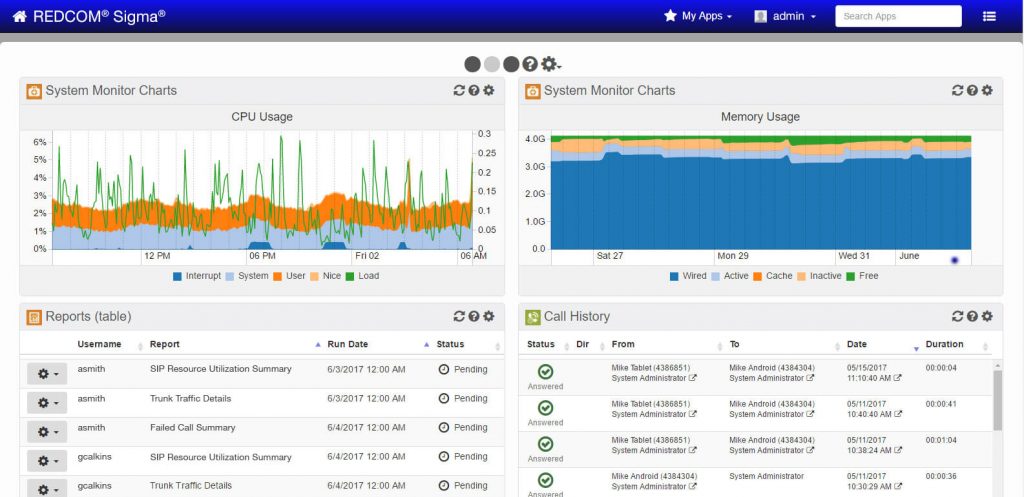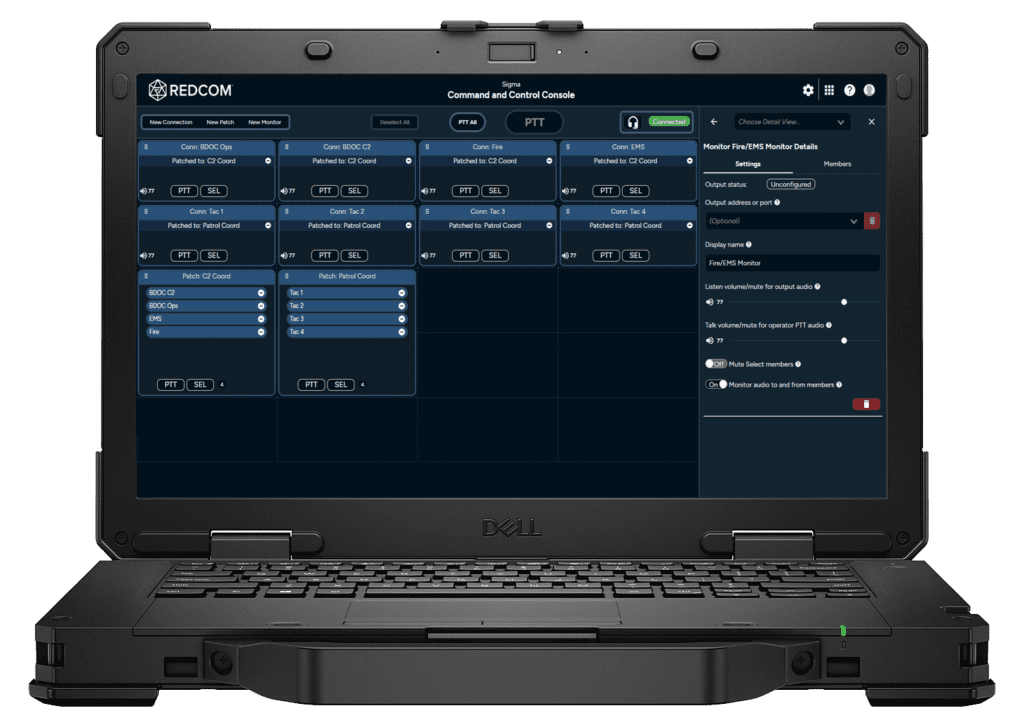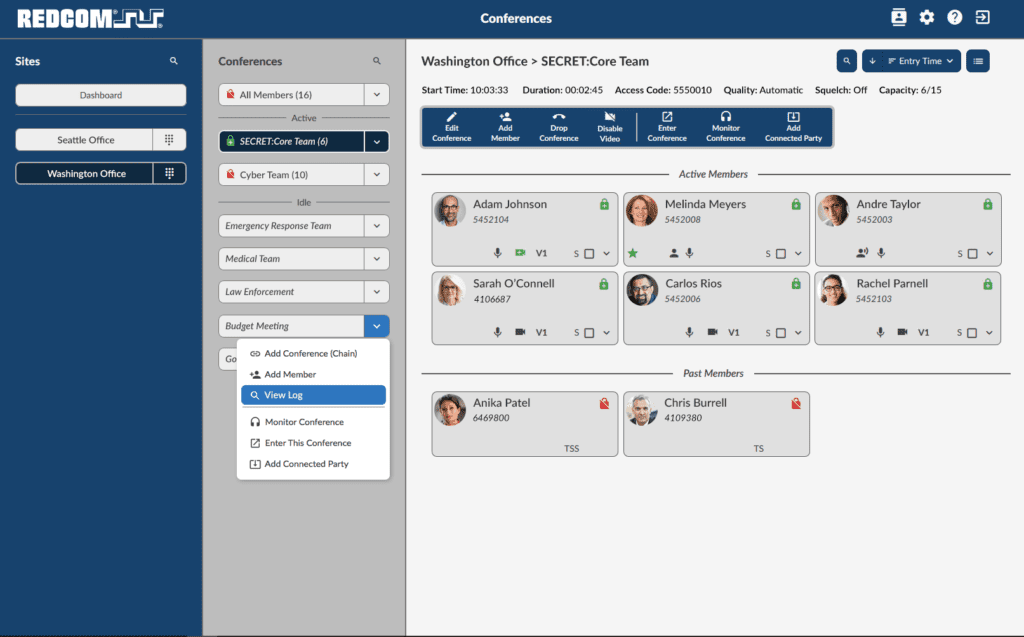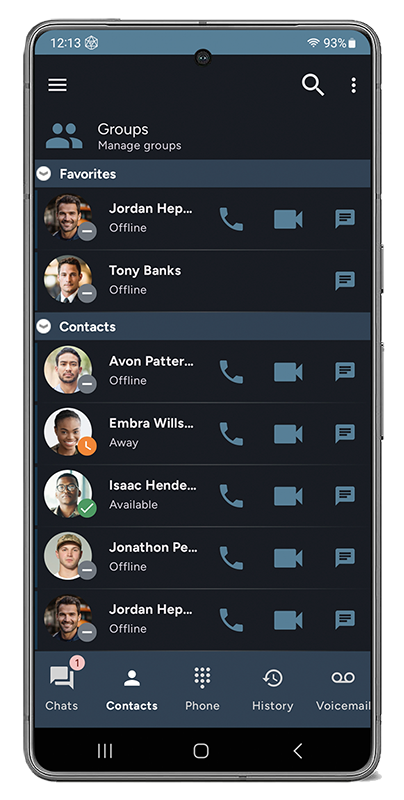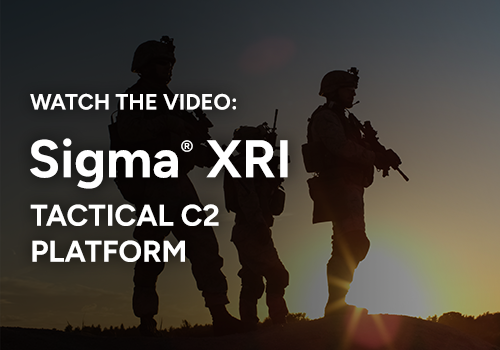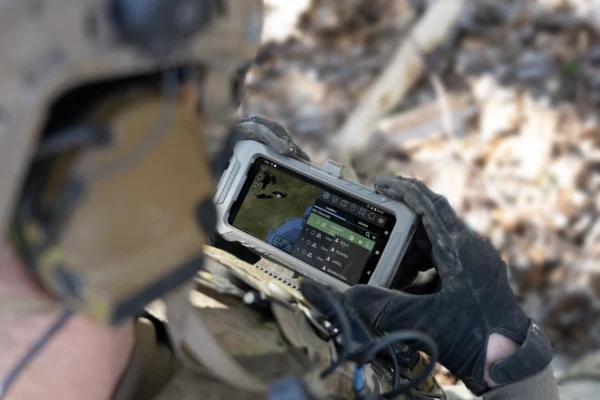The Marine Corps’ ability to communicate between ship, shore, and air units is critical for executing amphibious assaults, operational maneuvers from the sea (OMFTS), humanitarian aid, and joint operations. Despite its importance, comms between these units are often fragmented, unreliable, and dependent on difficult workarounds, leading to inefficiencies and vulnerabilities.
The Marine Corps prides itself on adaptability and being first to fight—but its comms gear hasn’t always kept pace with that mindset. Communication solutions need to be modular, interoperable by default, and easy to field without a mountain of acquisition and licensing red tape.
The Problems
Comms Breakdowns:
Traditional communication systems often fail at the transition points between ship, shore, and air units. Air communications is the primary issue. Getting the proper frequencies and nets to interoperate with ground forces and ship units continues to be a struggle.
Aligning air platforms with ground and maritime comms has always been a major pain point, especially when dealing with rapidly changing mission sets or joint task forces. Additionally, equipment shortages in the forward position can also lead to mission setbacks. This causes delays in information exchange due to retransmissions, or relays of voice communications or chats over available waveforms and systems alike. It’s not just a technical issue; it’s an operational liability.
Interoperability Issues:
While interoperability with joint forces is key in Marine Corps operations, this is a challenge that they often face in mission communications. Different units, military branches, organizations, and joint forces use disparate networks and communication systems, making coordination tricky.
Cost & Vendor Lock-In:
Current solutions are often quite expensive to field and require you to continue paying for costly equipment licenses. The Marines and other branches can find themselves locked into using an individual vendor’s suite of products despite better alternatives on the market. Units are often forced to stick with legacy equipment—not because it works best, but because switching would mean losing years of sunk costs and retraining. This limits innovation and flexibility at the tactical edge.
The Current Solution
Joint forces use different networks and equipment that don’t easily interoperate, and Marines with limited access to the appropriate equipment can have to rely on inefficient workarounds. TOCNET, a software solution found on the PacStar 463, is one of the current products Marines use. Klas’s products, like the Voyager, has not yet been authorized for use.
During joint or coalition ops, communications officers often have to juggle multiple radios, manually bridge radio networks, or use cumbersome crossbanding setups just to talk to adjacent units. These workarounds slow decision-making and create vulnerabilities the enemy can exploit.
The REDCOM Sigma Solution
Minimizing Communication Breakdowns:
Communication breakdowns and disruptions can jeopardize the safety and effectiveness of Marines. REDCOM Sigma is a comprehensive command and control solution that provides seamless connectivity between ship, shore, and air assets.
When installed on a ship acting as a floating command and control center, the Sigma XRI-400 is capable of patching communications between aircraft and ground troops, effectively linking a forward air base to rear command. This versatile system allows pilots to communicate directly with troops on shore without clogging the line, ensuring that crucial tactical information flows uninterrupted.
Resolving Interoperability Issues:
In contrast with other solutions on the market, REDCOM Sigma was designed with a focus on interoperability, flexibility, and ease of setup and use. Because Sigma is endpoint and crypto-agnostic, users don’t need to waste time trying to coordinate comms on different systems and/or frequencies. Sigma inherently allows its users to interoperate with other disparate technology.
Addressing Cost & Vendor Lock-In:
REDCOM has structured itself to alleviate the struggles that military branches often face when fielding new equipment and technology. Because Sigma is interoperable with legacy equipment and disparate communication technology, there is no need to rip and replace your entire tech infrastructure. Sigma’s licensing is also unique in that it’s perpetual. Though REDCOM recommends a Sigma Support Plan for our software, it is never mandatory. Sigma functions in perpetuity without yearly fees.
Approved for Operation on the Marine Corps Enterprise Network-Secret
REDCOM Sigma has already been approved for operation on the Marine Corps Enterprise Network–Secret (MCEN-S) through an Interim Authorization to Test (IATT) granted during Steel Knight 24 (SK24). During the exercise, the 3rd Marine Aircraft Wing (3D MAW) and 1st Marine Logistics Group (1st MLG) successfully employed Sigma’s Radio over IP (RoIP) solution alongside the Sigma Client for Windows (ScFW), showcasing its operational effectiveness and ease of use in a live-force environment.
Where to Find More Information
Visit redcom.com/marines to learn more about how REDCOM is structured to equip and support the Marine Corps in their effort to modernize and upgrade their communications technology. If you would like to talk to a member of our team, fill out the form on our contact page or email us at sales@redcom.com.
